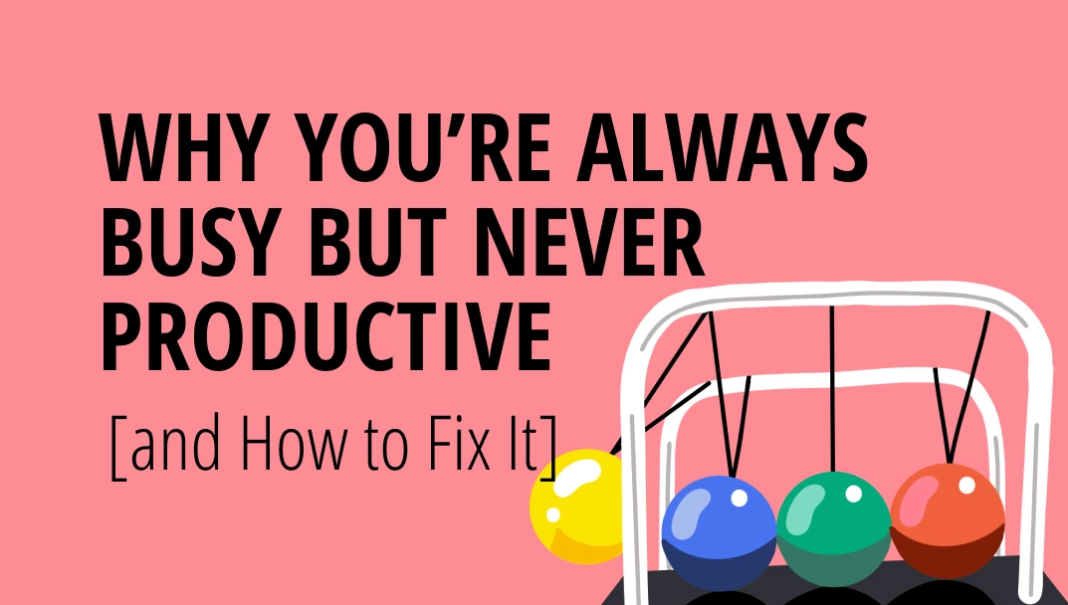In today’s fast-paced work culture, it’s easy to mistake activity for progress. Many of us find ourselves running from meeting to meeting, responding to endless emails, and managing a whirlwind of tasks, yet at the end of the day, we feel unfulfilled and wonder where the time went. The problem isn’t that we aren’t working hard enough; it’s that we’re not working smart enough. The solution lies in understanding and mastering how we allocate our time.
Sahil Bloom, an entrepreneur and author of “The 5 Types of Wealth,” sheds light on this paradox. Drawing from the ideas of productivity expert Nir Eyal, Bloom introduces a practical framework for dividing professional time into distinct categories. By recognizing these categories, we can reclaim control over our schedules and focus on what truly matters.
The Four Types of Professional Time
1. Management Time: The Illusion of Productivity
Management Time encompasses the coordination and oversight of tasks, often involving reactive work like emails, meetings, calls, and administrative duties. While these activities are necessary, they frequently expand unchecked, consuming large portions of our day.
In many large organizations, Management Time dominates. It’s far easier to respond to an email or attend a meeting than to engage in deep, reflective work. The danger is that this type of work gives the appearance of productivity while offering little in terms of meaningful progress. Without boundaries, Management Time becomes a black hole, pulling us away from high-impact activities.
2. Creation Time: Where Real Progress Happens
Creation Time is when we generate new ideas, solutions, and outputs. This is the heart of productive work — writing, coding, designing, preparing presentations, and any activity that pushes projects forward.
Unfortunately, many of us are forced to squeeze Creation Time into the narrow gaps left between meetings and emails. Yet, organizations that prioritize this time often see extraordinary results. Google’s famous “20 percent time,” which allowed employees to dedicate part of their schedule to side projects, led to innovations like Gmail and Google News.
A study by Zapier in 2021 found that while employees spent hours daily on messaging apps, a significant portion devoted less than three hours a day to core creative work. This imbalance explains why so many workers feel perpetually busy but stagnant in their output.
3. Consumption Time: Fuel for Creativity
Consumption Time is often overlooked but critically important. This is when we absorb information through reading, listening to podcasts, attending workshops, or studying new material. As James Clear, author of “Atomic Habits,” points out, our creative output is only as good as the input we consume.
Historical figures like Benjamin Franklin understood the power of Consumption Time. Franklin dedicated an hour each morning to learning, which helped fuel his diverse contributions to science, politics, and literature. Yet, in our modern work routines, we rarely carve out time to learn and grow.
4. Ideation Time: Breeding Ground for Innovation
Ideation Time is perhaps the most neglected category. It involves the still, reflective moments where new ideas are born. Activities like brainstorming, journaling, walking, or simply thinking without distractions fall into this category.
Without Ideation Time, our work tends to progress linearly. However, breakthroughs often come from non-linear thinking. For example, a salesperson who spends time reflecting might discover more effective ways to close deals or build stronger client relationships.
Evaluating and Restructuring Your Schedule
Before making changes, it’s essential to assess how your time is currently allocated. Bloom suggests a simple exercise: over the course of a week, color-code your calendar based on the four categories. Review the distribution at the end of the week to identify imbalances.
- Which category dominates?
- Are there dedicated blocks for Creation Time?
- Is your schedule fragmented with frequent task-switching?
- Are Consumption and Ideation entirely missing?
With these insights, you can begin reshaping your calendar using Nir Eyal’s timeboxing method, which involves blocking out specific times for each category of work.
Three Practical Tips for Achieving Balance
Tip 1: Batch Your Management Time
Management tasks are essential but can easily overrun your day. To contain them, schedule fixed blocks for emails, calls, and meetings. For instance, limit email processing to two or three short sessions daily, and cluster meetings into designated windows.
This approach leverages Parkinson’s Law: work expands to fill the time available. By imposing limits, you free up space for more valuable work.
Tip 2: Protect Your Creation Time
Creation Time is often the first casualty in a busy schedule. To safeguard it, use schedule-syncing. Share your timeboxed calendar with your manager and colleagues, clearly marking periods reserved for focused, creative work. Gaining your manager’s buy-in ensures your team respects these boundaries.
Tip 3: Schedule Consumption and Ideation Time
Though often neglected, Consumption and Ideation are crucial for long-term growth and innovation. Start by dedicating just 30 minutes a week to each. Stick to these appointments as seriously as you would a client meeting. Over time, as you build the habit, gradually expand these blocks.
Employers can also foster a culture that values these activities. Simple policies, like Google’s “think blocks,” where no meetings are allowed for a set period each week, can create space for reflection and innovation.
Redefining Productivity
Balancing your workday isn’t about cramming in more tasks but about focusing on the right ones. Containing Management Time allows you to channel your energy into Creation, Consumption, and Ideation — the activities that drive real progress and satisfaction.
By thoughtfully structuring your time, you can break free from the cycle of busyness and start making meaningful strides in your personal and professional life. Try it for just one week; your future self will be grateful.





